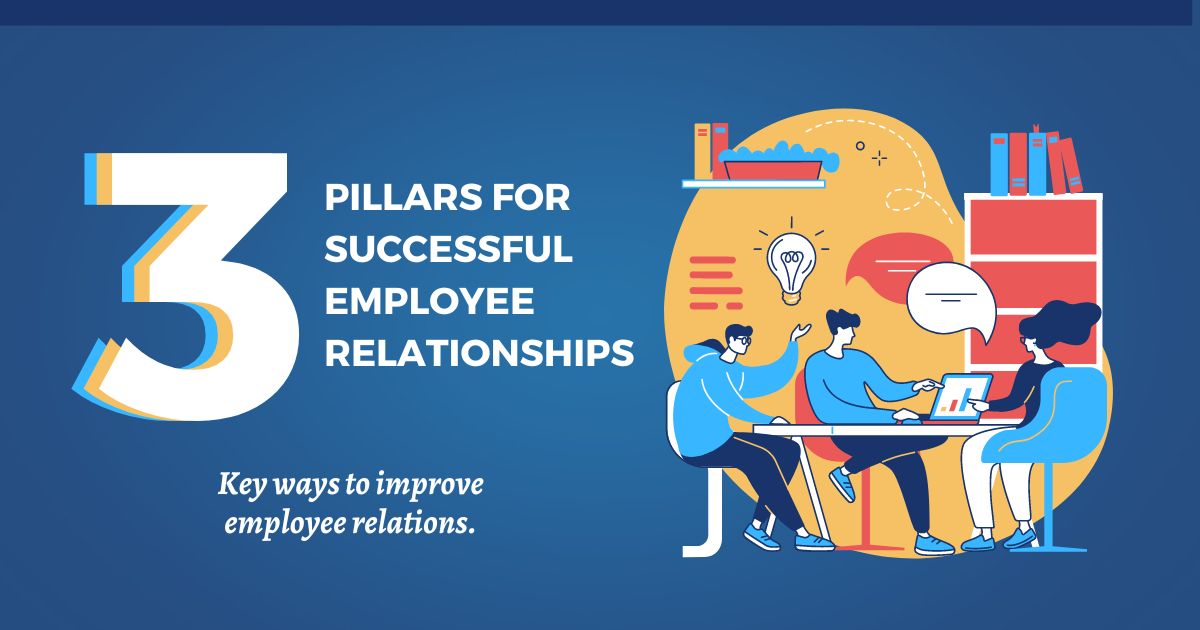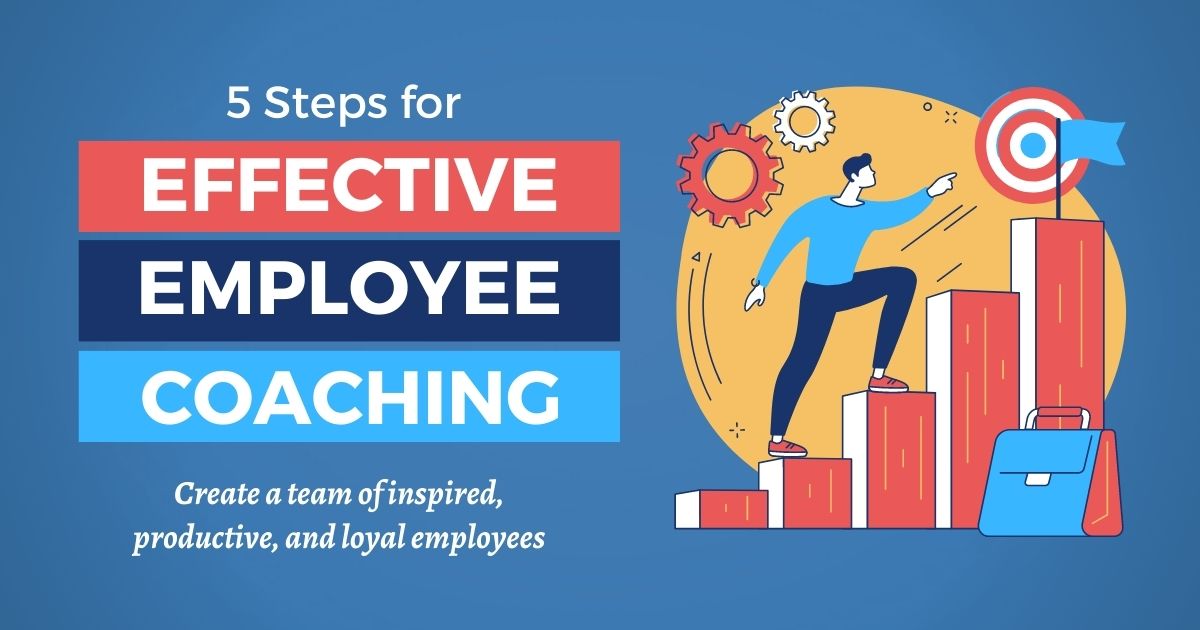Despite being against the law, pregnancy discrimination remains a pervasive problem, at great personal and professional cost to its victims. Every year, the Equal Employment Opportunity Commission (EEOC) receives thousands of charges related to pregnancy discrimination. Each year, the resolutions cost businesses millions of dollars.
Anchor Staff
Recent Posts
What Employers Should Know About Pregnancy Discrimination
QUESTION: We know we need to plan for our leaders to leave the organization. How do we start succession planning?
ANSWER: It’s wise to think about succession planning before you need to fill leadership roles—this will make a potentially stressful time easier to manage.
Succession planning prepares your current employees to move into leadership and other critical roles, easing their transition and inspiring confidence in their ability to succeed. Here are a few steps we recommend taking to get started with your succession planning for key positions you’ve identified:
Question: Can we use comp time with our employees?
Answer: It depends. For nonexempt employees of a private employer, no. The Fair Labor Standards Act (FLSA) doesn’t permit private employers to offer compensatory time in lieu of overtime pay.
A generative AI system (artificial intelligence software that answers questions), like ChatGPT and Bard, provides immediate responses to prompts based on the information it knows—much of the internet or a smaller content library if that’s what it’s been told to use. These responses usually look and sound authoritative—like a real human wrote them—although the responses are not always accurate. As a result, you may not be able to tell when an employee has incorporated AI-generated text into their work. Without realizing it, you may be relying on AI to make important decisions.
Topics: hr, Technology
Most HR professionals would agree that turnover is a source of stress. Losing an employee can feel like losing an investment, and replacing that person has its own costs—advertising, onboarding, training, and coverage to name a few. But we also know that turnover is a manageable cost of doing business, and sometimes even welcome. In short, turnover is a metric to take seriously, but also realistically.
Topics: leadership, hr, turnover
Three Pillars for Successful Employee Relationships
Think of all the employee-related relationship problems you’ve observed and experienced. Whether you considered them as trivial annoyances or business-killers, such problems often result from three factors: poor knowledge, poor communication, and poor recognition. By recognizing these factors and understanding how to avoid them, you can dramatically improve your employee relations.
Topics: leadership
New employee orientation and job-specific training serve important purposes. Coaching, however, is a critical key that is set aside unfortunately all too often. A business owner may think that spending the time to coach is too difficult, but it is his or her leadership that helps create a great team of inspired, productive, and loyal employees.
Topics: leadership
Six Ways to Encourage Employees to Set Work-Personal Life Boundaries
Most everyone knows what the “hustle” is. It’s been a part of work culture since the early 19th century, when the word was first used to mean “gumption” or “hard work.” Depending on the context, hustle may be a virtue, the antithesis of laziness, or a necessity, the extra effort one must perform to overcome bad luck, oppression, or structural barriers.
Topics: leadership, hr
Q: How do we handle pay for an employee out on military leave?
Answer: Employees on military leave are due the same rights and benefits (when not determined by seniority) as nonmilitary employees who take any comparable form of leave. Comparable is not well defined, but generally, you should look to other leaves of a similar duration. For instance, if you’d generally pay someone for one to five days of jury service leave, or up to a week of bereavement leave, you’d want to also pay for a military leave of that approximate duration. If you provide longer paid leaves, e.g., a four- to eight-week family wellness leave, then you should consider paying for a military leave of that approximate duration as well. If you aren’t sure whether the other leaves you offer are comparable and you are considering not paying for a military leave, we recommend speaking with an attorney.
What You Need to Know About Lactation Accommodations
Breastfeeding employees who are returning to work usually know how much extra work pumping is going to be. They’ve thought about the bulky pump and its multiple attachments, how they can bring it into and out of the workplace inconspicuously, whether they’ll have time and a private spot to express milk, and where they’ll be able to store the equipment and their milk.
Topics: hr












